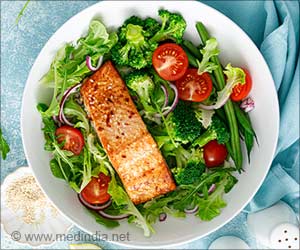Don't be fooled by pretty food. A new study finds that attractively presented food is often perceived as healthier food by consumers.

TOP INSIGHT
Attractive food might seem healthier for consumers.
In a series of trials, the researcher tested if the same food is regarded as healthier when it looks pretty by following classical aesthetics principles (i.e., order, symmetry, and systematic patterns) compared to when it does not. For instance, in one experiment, participants rated avocado toast. Everyone read identical ingredients and price information, but people were randomly selected to see either a pretty avocado toast or an ugly avocado toast.
Despite the same information about the food, participants rated the avocado toast as healthier (e.g., healthier, more nutritious, fewer calories) and more natural (e.g., purer, less processed) saw the pretty version compared to the ugly version.
As assumed, the difference in naturalness judgments drove the difference in healthiness judgments. Judgments of other aspects, like freshness or size, were unchanged. The study concludes that these healthiness judgments could affect consumer behavior.
Source-Medindia
 MEDINDIA
MEDINDIA




 Email
Email










